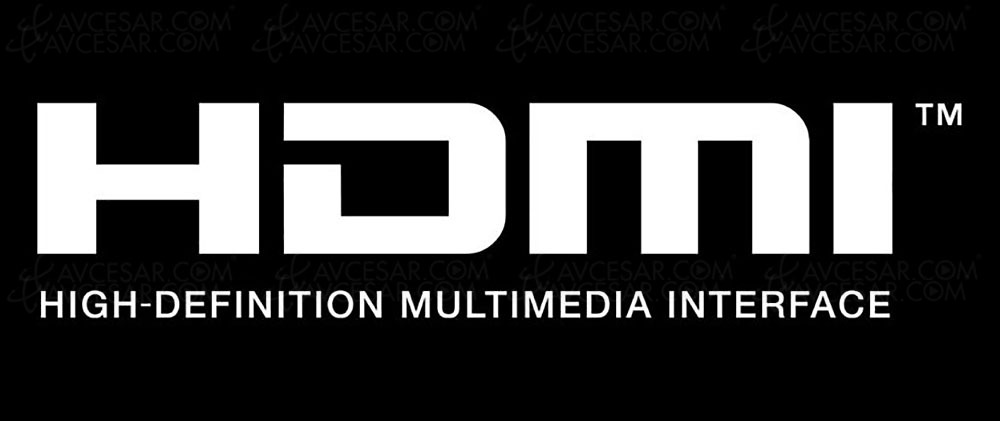Today, a new standard is about to emerge, HDMI 2.1a, a variation of HDMI 2.1, which in 2021 naturally found its place on many audio-video equipment and which has undoubtedly marked, four years after its publication, one of the most significant developments in the HDMI standard (see our news CES 17> HDMI 2.1, the standard is finally official and known!).
New on-board HDMI 2.1a SBTM function
At the heart of the HDMI 2.1a standard, the SBTM function, which stands for “Source-Based Tone Mappingâ€. As a reminder, the Tone Mapping processing carried out until now exclusively by the broadcaster (TV, video projector, monitor, etc.) makes it possible to display on the screen an SDR or HDR image optimized according to its intrinsic capacities. With the SBTM function of the HDMI 2.1a standard, this role is no longer entirely devolved to the broadcaster, the source being able to precisely know the latter's capacities to carry out part of the Tone Mapping processing upstream, i.e. before the transfer of the signal on the screen in order to adapt it finely to it. This is an interesting advance in certain situations, for example in the presence of a 4K Ultra HD Blu-Ray player used as a source for both a TV and a video projector: the HDR signal sent will be different and perfectly appropriate depending on the selected broadcaster. .
Why the new HDMI 2.1a SBTM function?
But the HDMI 2.1a SBTM function is also welcome in the context of a multi-component picture. To clearly illustrate this new possibility, let's take the concrete case of a computer or a game console with an HDR game signal, a webcam window displayed in SDR, plus a Chat window grouping discussions with several other players, each with a different color. In this specific case, the broadcaster is unable to manage the multiple dynamic ranges and will adjust to the nature of one of the signals to apply identical processing to all the parts of the displayed image.
With the SBTM function , the source “maps†all the components of the signal sent to the screen and gives it precise indications on each part of the image to make the most of its SDR and HDR Tone Mapping capabilities. Another example, in the context of a Home Cinema system, the SBTM function makes it possible to optimize the SDR / HDR capacities of all the links in the chain used by the video signal (audio-video amplifiers, switches, etc.) without the need for manual adjustment. Obviously, in order to function, all the devices concerned must be compatible with HDMI 2.1a.
New HDMI 2.1a SBTM function, who and when?
Namely, the organization HDMI Licensing Administrator, Inc. said that many devices available in homes are scalable and can accommodate the HDMI 2.1a standard, without further details however and referring to brands and manufacturers to find out more. Regarding the availability of HDMI 2.1a SBTM, little indication yet except to say that everything is ready to update the equipment of the interested brands. Finally, the office HDMI Licensing Administrator, Inc. declared that the HDMI 2.1a standard includes other functionalities, but of a minor nature. For example an adjustment of the QMS (Quick Media Switching) function and some code updates and bug fixes. Finally, the HDMI 2.1a SBTM function works with any HDMI cable.
